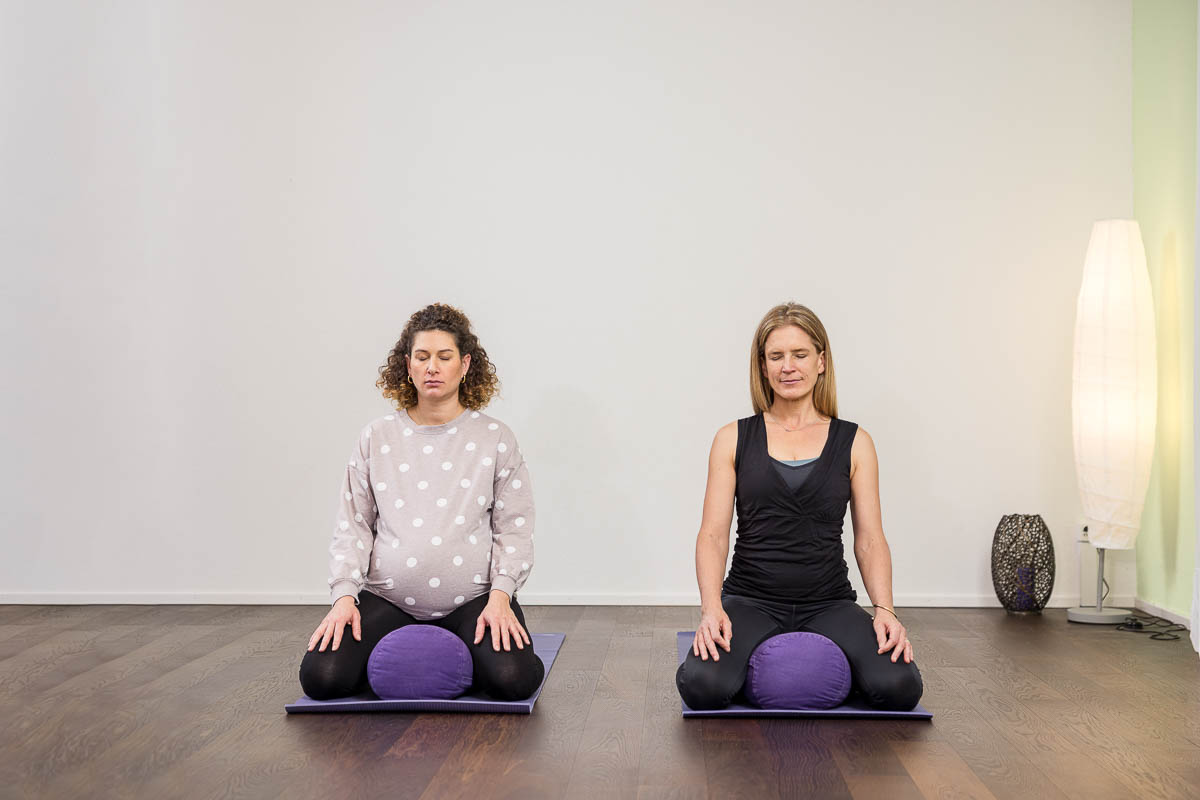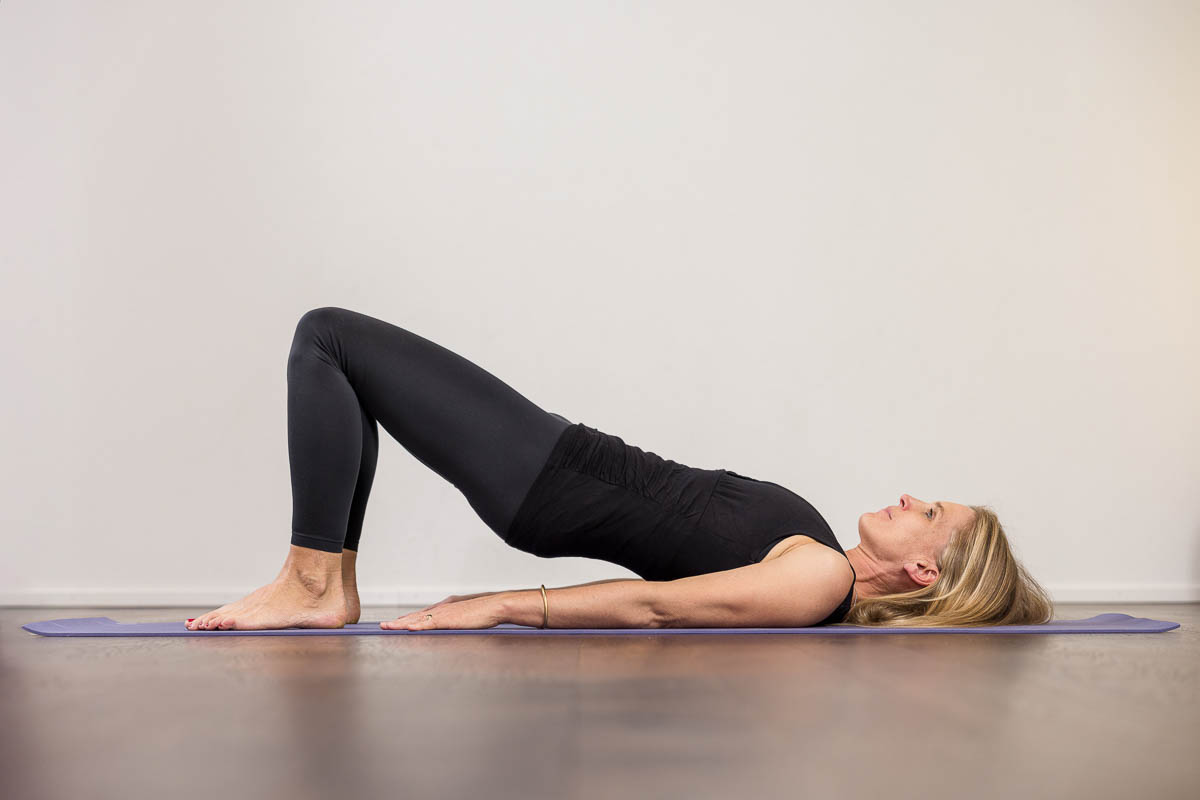by Imke Albrecht

As a midwife and lactation consultant in the postpartum period, I see a lot of parents who overshoot the mark in their desire to do everything perfectly. Or simply can’t see the wood for the trees because of all the controversial answers. The topic of “sterilization” is a small example where I often think that your resources such as money for the sterilizer, time and energy are being wasted. If you google this question “sterilize yes or no”, you will find so many different answers. Some sources recommend sterilizing in the first 3 months, others up to 12 months! Such a long period makes no sense to me at all, because toddlers are already enthusiastically putting everything in their mouths and none of it is or should be sterile.
What is right now?
“Do not sterilize!”
I refer to the recommendation of the Swiss paediatricians from 2017, which clearly states that the utensils must be cleaned after each use, but not sterilized. It’s not wrong to sterilize, of course, but it simply doesn’t add any value for you or the baby. So much of the postpartum period is unfamiliar, unsettling and time-consuming. Any time saved is welcome. It’s different in hospital, of course. All items are sterilized, unless they are disposable anyway. When I lend out my breast pumps between families, everything is boiled in bubbling water for a few minutes. And if you want to boil your pump, pacifiers and bottles once before using them for the first time after unpacking, I wouldn’t protest either. That still feels right to me. Just once. But in everyday life, normal kitchen hygiene is enough. Cleaning is time-consuming enough: it is recommended to first rinse off the milk residue with cold water, then with warm soapy water and finally rinse off the soap residue thoroughly. Dry and store in a dry place. Done. But the dishwasher also works wonderfully. And with the 60 degree program, it even counts as sterilization because everything is heated to 80 degrees for longer than 30 minutes at the end. I hope this article contributes to domestic world peace and saves a few breakdowns.
And finally, a housewife tip:
When boiling, limescale forms a white, powdery coating on the material. This doesn’t matter, but it is a bit visually unpleasant. You can prevent limescale deposits by adding a dash of vinegar or lemon juice to the boiling water. But don’t boil it! Do not sterilize…. And finally, a bit of self-promotion. I’m starting 2025 with the intention of not only blogging, but also making more friends with Instagram: here’s the link:
My courses
Similar posts
For some years now, it has been recommended that expectant parents have themselves vaccinated against pertussis during pregnancy. As a midwife, I am often asked in my antenatal classes whether I recommend the pertussis vaccination or not. What is pertussis? Pertussis is the technical term for whooping cough. I myself have never experienced this disease
A suction cup could change the shape of the baby’s head – this worry or myth crops up again and again in my antenatal classes here in Zurich. This is of course a frightening thought for parents-to-be shortly before the birth! Is there any truth to it or why is it told so persistently? Suction
Suckling confusion, separation of mother and child due to medical treatment of the baby.... Jenny experienced this with her first child and talked to me about her breastfeeding experiences before the birth of her second son and we considered strategies for what she wanted to do differently this time.






